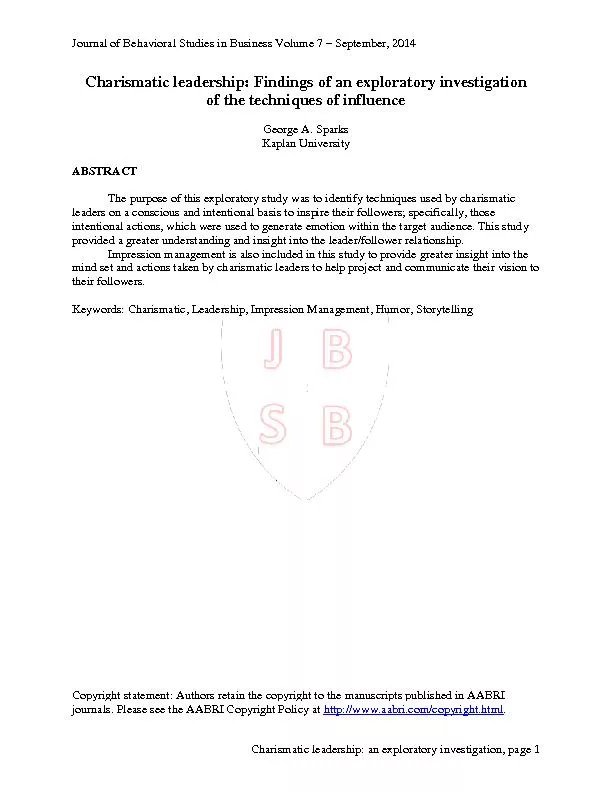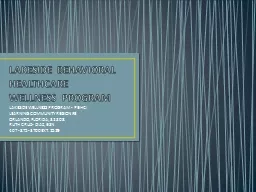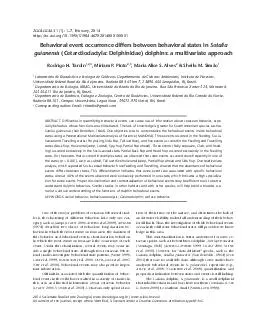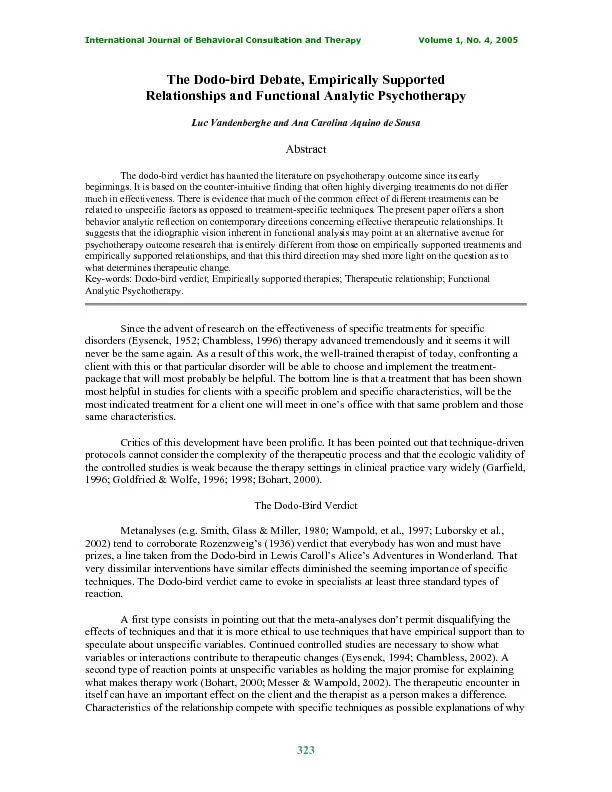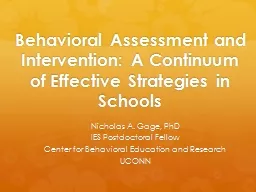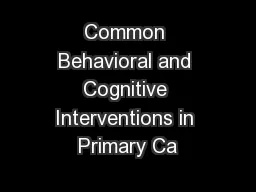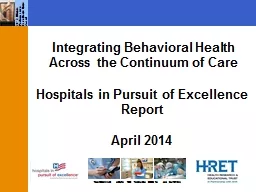PDF-Journal of Behavioral Studies in Business
Author : olivia-moreira | Published Date : 2016-10-29
Volume 7 x2013 September 2014 Charis matic leadership an exploratory investigation p age 1 Charismatic leadership F indings of an exploratory investigation of the
Presentation Embed Code
Download Presentation
Download Presentation The PPT/PDF document "Journal of Behavioral Studies in Busines..." is the property of its rightful owner. Permission is granted to download and print the materials on this website for personal, non-commercial use only, and to display it on your personal computer provided you do not modify the materials and that you retain all copyright notices contained in the materials. By downloading content from our website, you accept the terms of this agreement.
Journal of Behavioral Studies in Business: Transcript
Download Rules Of Document
"Journal of Behavioral Studies in Business"The content belongs to its owner. You may download and print it for personal use, without modification, and keep all copyright notices. By downloading, you agree to these terms.
Related Documents

